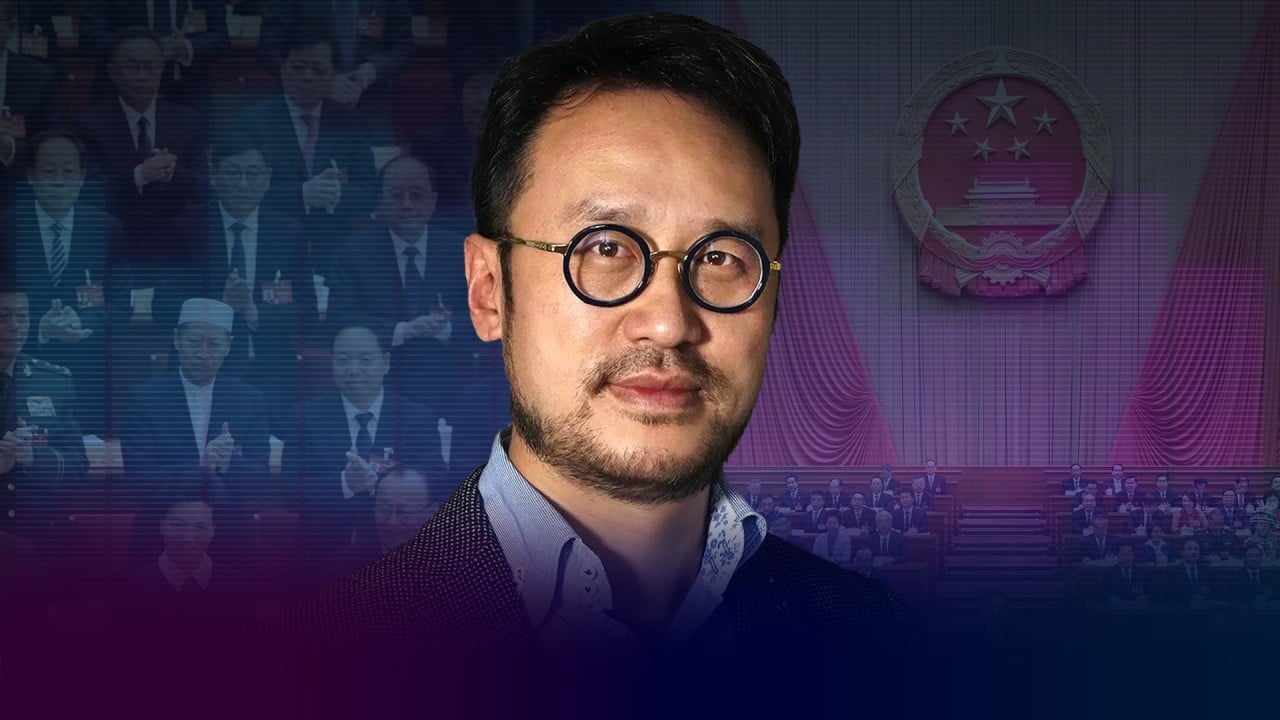
China’s monetary policy mix more ‘effective, obvious’ than Western-style quantitative easing, focused on economic goals
- Deputy central bank governor Xuan Changneng says Beijing’s monetary policies are ‘effective and obvious when compared with foreign central banks’
- Analysts say the PBOC is under pressure to clarify its comments in December about implementing flexible but accommodating monetary policy
A senior central bank official has hinted that China would not adopt Western-style quantitative easing, saying Beijing’s mix of liquidity tools and credit allocation is more effective in reflating the national economy.
“The pass-through effect of the [central bank’s] monetary policies is effective and obvious when compared with foreign central banks,” Xuan Changneng, deputy governor of the People’s Bank of China (PBOC), said on Thursday without specifying any overseas agencies.
“The credit growth rate is also maintained at a level conducive to achieving our economic goals,” he added, citing that the PBOC has used its 45 trillion yuan (US$6.2 trillion) of assets to encourage 244 trillion yuan of commercial bank loans for the economy.
Beijing previously complained about the unprecedented monetary loosening in the United States in 2020, which was aimed at fighting the effects of the coronavirus pandemic, but led to worldwide inflation.
Xuan said foreign central banks unleash liquidity through quantitative easing or tightening to adjust liquidity because their statutory reserve requirement ratios (RRR) hover at about zero.
The ratio is vital to adjust the amount of money commercial banks must hold as reserves, while it also affects market liquidity.
China cuts banks’ reserve ratio, signals more tools in pipeline to quell fears
“They have little room to manoeuvre [in terms of RRR],” added Xuan, who on Tuesday was named as a new member of the PBOC’s monetary policy committee.
“[However,] China’s average reserve requirement ratio is still at 7 per cent, implying an ample and important means of pumping liquidity into the market.”
They are stressing that monetary policy in China will continue to be run in a way very different from the West
Chair Jerome Powell, though, raised the US economic growth forecast from 1.6 to 2.1 per cent in 2024, with the US Federal Reserve also staying on course for its forecast three rate cuts in 2024.
“It has been interpreted that there won’t be fiscal stimulus, certainly no quantitative easing, which has created a lot of asset bubbles as a Western mechanism and Chinese policymakers don’t like it,” she said.
“They are stressing that monetary policy in China will continue to be run in a way very different from the West. They are trying to be very clear on where they are heading.”
China’s central bank has been given a mission to fund the country’s real economy, particularly in tech, green development, inclusive financing, elderly care and the digital economy.
And while no major stimulus is in sight, the PBOC has embarked on a campaign to find funds sitting idle in bank accounts or financial systems.
“[The PBOC] is stepping up monitoring of loans for businesses being converted into deposits or relent to a third party,” Xuan added.
“These funds can be readily tapped to support the economy. And with economic restructuring and upgrades, funds will be more efficiently used.”


